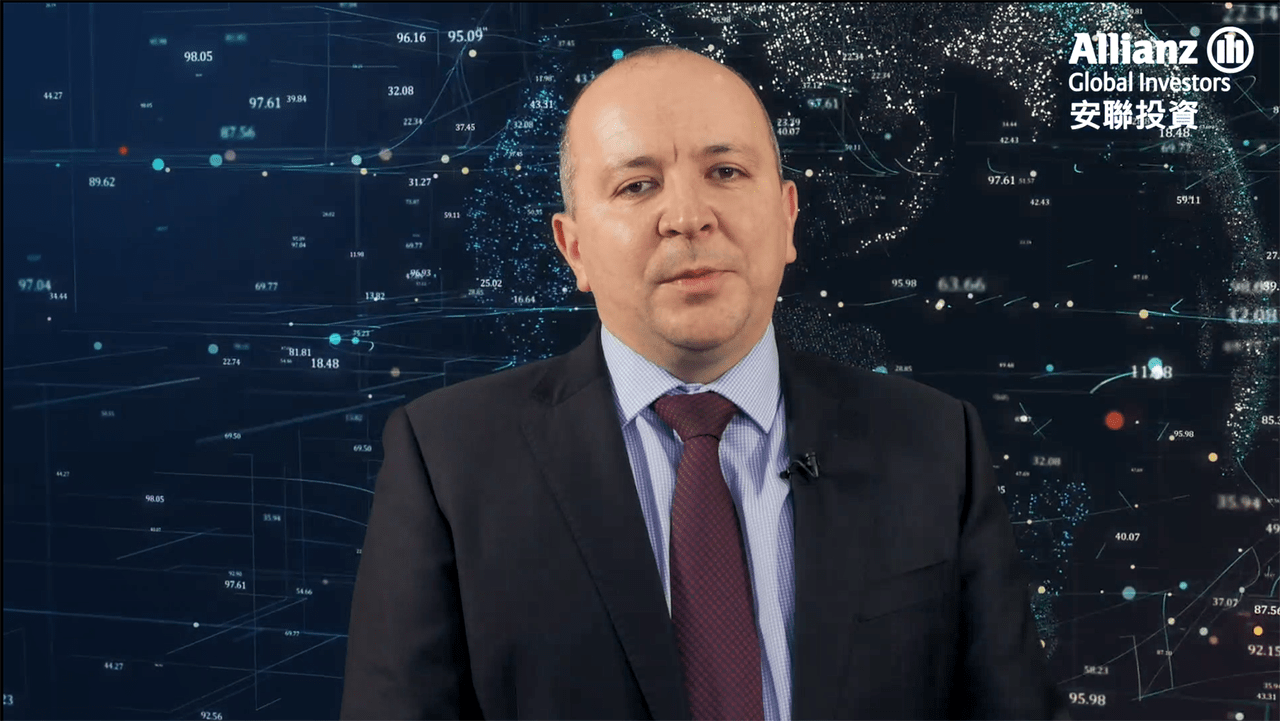Environmental, social and governance (ESG) considerations are now so much a part of the investment zeitgeist that ESG has become a catch-all term for a broad range of responsible investing standards and strategies. Studies have established a positive link between companies that perform on ESG metrics and their share prices and cost of capital, and have demonstrated such firms are also relatively less susceptible to market shocks, painting a clear case for the integration of ESG factors into the investment approach.
However it is essential for investors to recognise that ESG factors can impact sectors, geographies and asset classes differently, and need to be intensively analysed and managed, rather than simply adopted wholesale, to ensure portfolios attain performance as well as sustainability goals.











